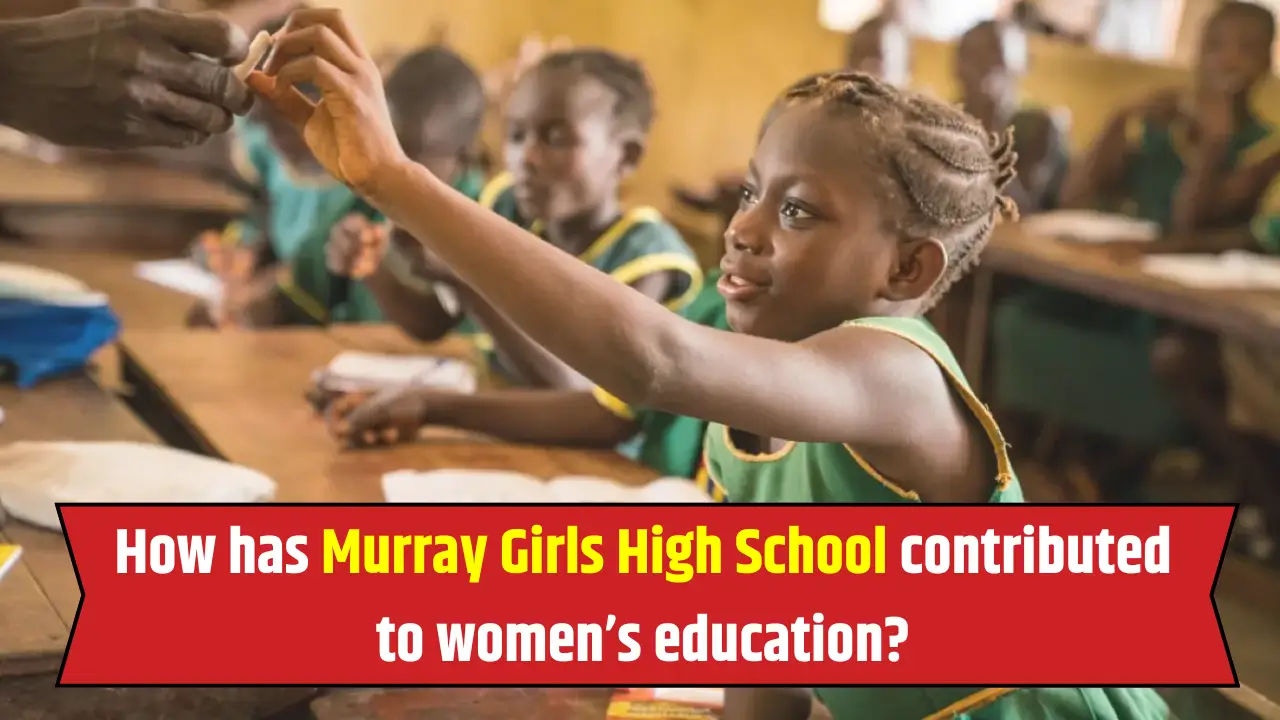Murray Girls High School holds a prominent place not only in the educational landscape of Kenya’s Coast Region but also in the broader history of post-colonial female education in East Africa.
Established during a time when educational opportunities for girls were limited, especially in rural and marginalized communities, the school has played a transformative role in shaping the academic, social, and leadership capacities of countless young women.
Examining the historical significance of Murray Girls High School provides insights into how education can serve as a vehicle for social change, empowerment, and community development.
This article explores the origins, historical milestones, community impact, and ongoing legacy of the school, highlighting why it remains a cornerstone institution as of 2025.
Origins and Founding Legacy
Miss Marjorie Murray’s Vision
- The roots of Murray Girls High School trace back to 1941, when Miss Marjorie Murray, a missionary educator, founded a girls’ primary boarding school at the Coast region.
- Her vision was radical for its time: to provide quality education exclusively for girls, instilling not only academic knowledge but values, discipline, and self-reliance.
- Named in her honor, Murray Girls High School represents a tribute to her pioneering efforts in breaking down gender barriers in education.
Transition from Co-education to Girls’ School
- Initially, the school operated as a co-educational institution (1960) but quickly transitioned in 1961 to a girls-only secondary school, reflecting a growing demand for dedicated female education.
- The change underscored the commitment to addressing cultural and social biases that limited girls’ access to meaningful educational environments.
Contributions to Girls’ Education
Regional Educational Pioneer
- Murray Girls High School was one of the earliest institutions offering secondary education to girls in the Coast and Taita Taveta regions, areas historically lagging in female education.
- The school opened doors for girls from rural, often marginalized communities, providing access where few alternatives existed.
Breaking Educational Barriers
- For the first time, girls from these regions could aspire beyond primary schooling to high school and beyond, dramatically expanding educational horizons for women.
- The school was the alma mater of Taita as well as broader Coast Region’s first female university graduate, signaling a monumental shift in societal norms.
Social and Cultural Impact
Empowerment of Women
- Beyond academics, the school engaged in instilling confidence, leadership, and societal responsibility.
- Its graduates have gone on to careers in education, public administration, law, and medicine, shaping Kenya’s socio-economic fabric.
Community Leadership and Service
- Alumni frequently return as mentors, community leaders, and activists promoting education, health, and women’s rights.
- The school itself functions as a hub for regional development initiatives and social programs.
Advocacy and Awareness
- Murray Girls High School has historically challenged restrictive cultural norms regarding the girl-child.
- It has raised awareness about gender equality, the importance of education for girls, and women’s empowerment through curricular and extracurricular activities.
Structural and Institutional Growth
Land and Infrastructural Legacy
- The original school land was a generous donation of 38 acres by missionary Rev. V.V. Verbi, facilitating large-scale development.
- Over decades, infrastructure has expanded to include modern classrooms, science laboratories, a library, and boarding facilities accommodating hundreds of girls.
Academic Excellence and National Recognition
- The school consistently ranks as a top performer in the Kenya Certificate of Secondary Education (KCSE) examinations.
- Its reputation helped it be classified as an extra county school, attracting scholars from across multiple counties.
Table: Murray Girls High School – Historical Milestones
| Year/Period | Event/Development | Significance |
| 1941 | Girls’ primary boarding school founded by Miss Murray | Pioneering girls’ education at the Coast region |
| 1960 | Started as co-education secondary school at Wusi | Expansion into secondary education |
| 1961 | Transitioned to girls-only secondary school | Focused female empowerment |
| 1960s-1980s | Infrastructure growth and academic consolidation | Institutional strengthening |
| Late 20th Century | Alumni achievements and societal contributions | Socio-economic impact of educated women |
| 2000s-2020s | Curriculum modernization, digital inclusion | Adaptation to modern educational needs |
| 2025 | Continued leadership in regional girls’ education | Sustained legacy and evolving education model |
Recent Advances and Continuing Legacy (2025)
- The school has embraced digital literacy programs and e-learning platforms, positioning students for 21st-century skills.
- Enhanced mentorship and leadership training programs encourage sustainable community impact by alumni.
- Emphasis on STEM education complements historic strengths in humanities and social sciences.
- Partnerships with local and international organizations increase resources, scholarships, and student exchange opportunities.
- A focus on social responsibility, including environmental awareness and health education, reflects evolving global educational priorities.
Bulleted Highlights: Historical Significance of Murray Girls High School
- First female secondary school in Coast region dedicated to girl-child education.
- Alumni include region’s first female university graduate and pioneering professionals.
- Backbone of women’s empowerment and socio-economic transformation in Taita Taveta.
- Continuous upgrade of facilities and curriculum demonstrating adaptive excellence.
- A symbol of breaking socio-cultural barriers and advocating gender equality.
- Sustained academic leadership reflected through consistent KCSE performance.
- Ongoing regional influence through community outreach and leadership development.
Conclusion
The historical significance of Murray Girls High School goes far beyond its date of establishment or physical infrastructure. It is a monument to the power of education in transforming lives, particularly those of girls who traditionally faced restricted access to academic opportunities.
Since its inception in 1941 as a missionary-backed girls’ primary school and its 1961 establishment as a girls-only secondary institution, Murray Girls High School has stood as a beacon of hope, advancement, and empowerment.
Its contribution to regional education, women’s leadership, and social progress remains profound as of 2025, continually adapting to new educational demands while holding fast to foundational values.
For many, the school is more than an academic institution; it is a testament to the enduring strength of vision, community commitment, and the transformative potential of educating girls.














